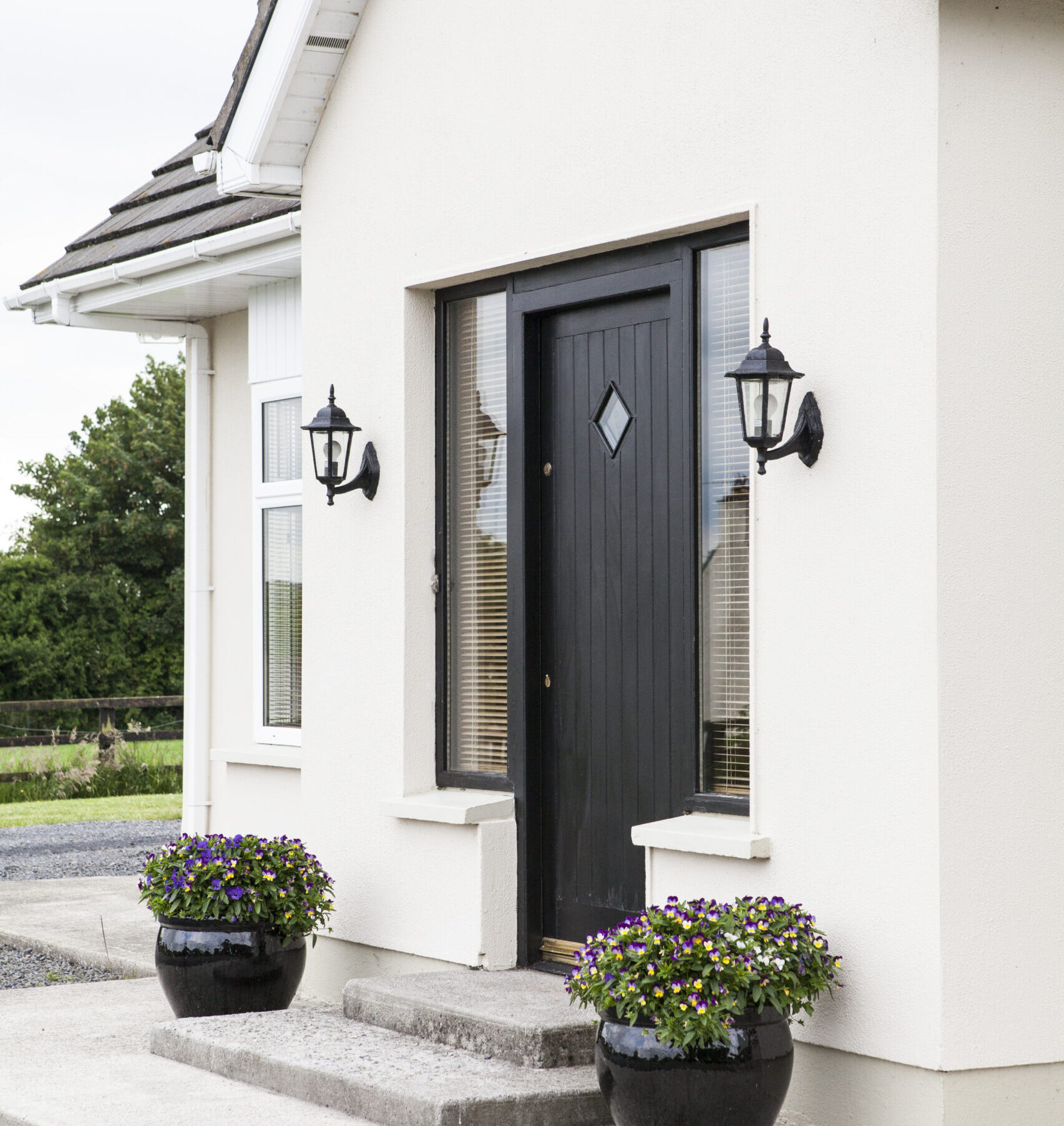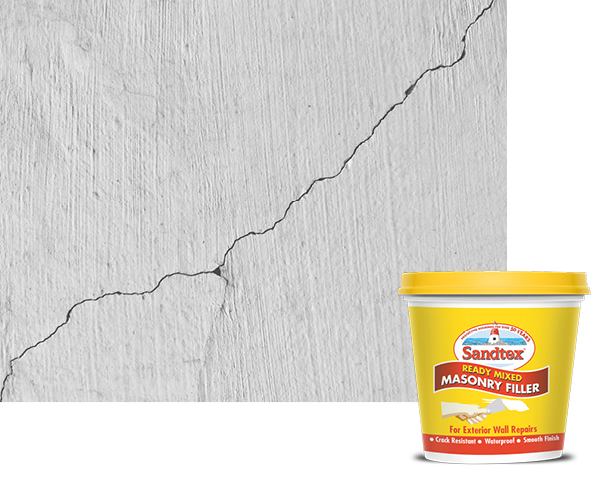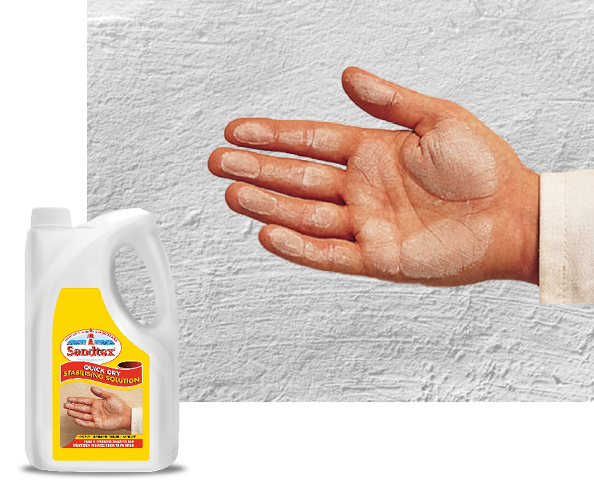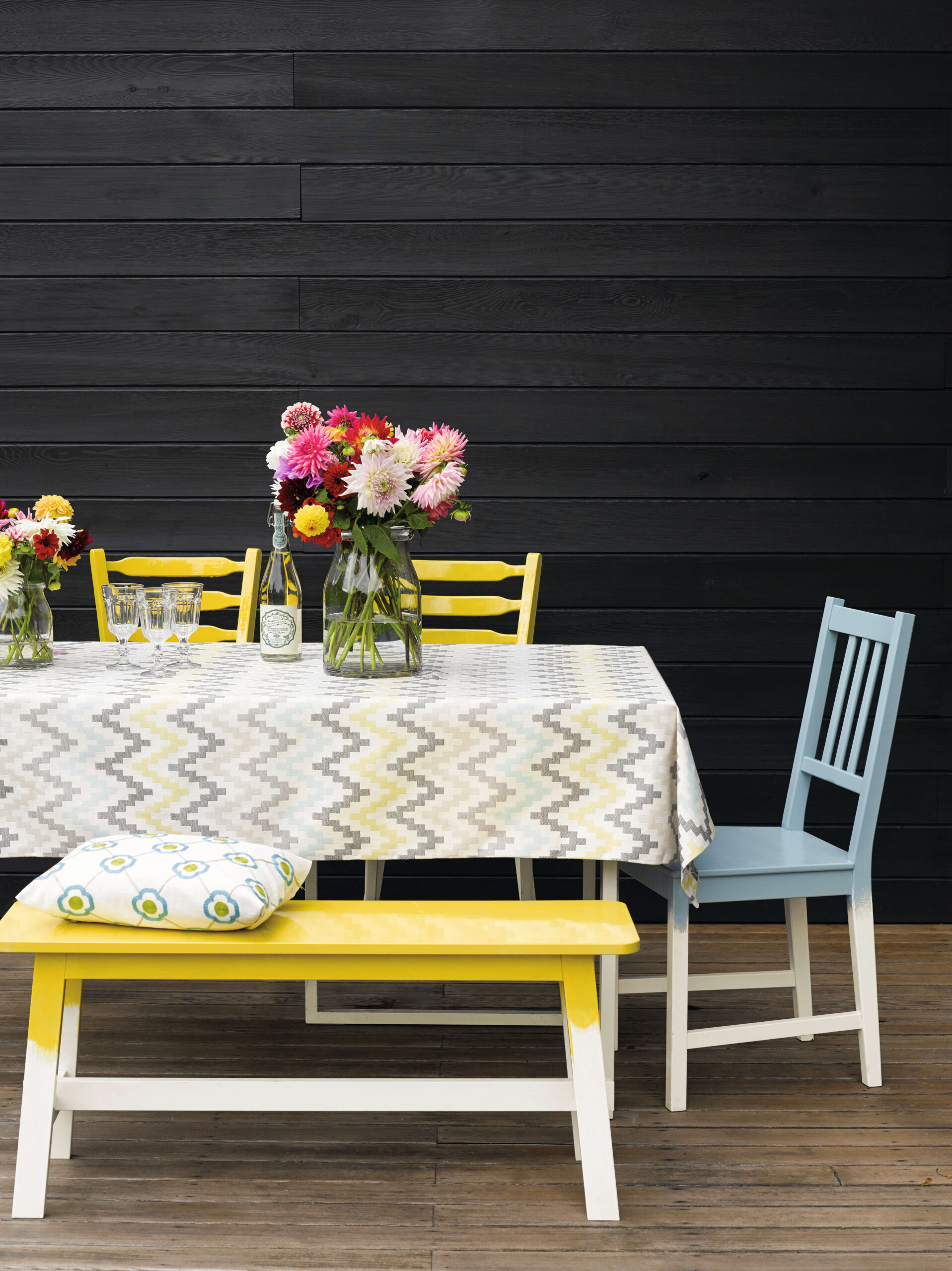Why is the paint on my wall bubbling and lifting away?
This is a problem known as blistering and results from localised loss of adhesion, and lifting of the paint film from the underlying surface. There are a number of causes, but primarily underlying moisture is the issue. Moisture escaping through the exterior walls is less likely to affect water-based paint, but more so with solvent-based. Other causes can be painting a warm surface in direct sunlight or an under bound / powdery substrate beneath older paint coatings. To fix the problem, first scrape off the blisters. If you can see the substrate, the problem is due to moisture. To resolve the issue off blisters originating at the substrate, try to remove the source of moisture. Ensure any underlying chalky / powdery surfaces are fully stabilised. If you find paint, then it could be a solvent blister and is probably caused by painting with an oil base or alkyd-base coating in hot weather. If blisters do not go all the way down to the substrate remove them by scraping, and identify and cure any underlying defects.

I have fine cracks in my paint surface. What causes that?
Cracking is the splitting of a dry paint film through at least one coat, which will lead to complete failure of the paint over time. Causes can be over thinning of the paint (or spreading it too thin) and painting under excessively cool or windy conditions that make water-based paint dry too fast. It may be possible to correct cracking that does not go down to the substrate by removing the loose or flaking paint with a scraper or stiff bristle brush (not wire), sanding to feather the edges, priming any bare spots and repainting. If the cracking goes down to the substrate remove all of the paint by scraping, sanding and/or use of a heat gun. Then prime and repaint with a quality exterior water-based paint.

Areas of paint are coming away from the wall and there’s a sort of white powder underneath. Do you know why?
It sounds like this is a case of efflorescence, where salts originating from the bricks, concrete blocks, concrete, etc. are brought to the surface by water drying out or excess moisture escaping through the exterior masonry walls from behind. Active efflorescence is likely to push off any type of sealer or paint coating. Other likely causes are ground salts contamination due to a broken / missing damp proof course. To resolve, if excess moisture is the cause, eliminate the source of the moisture. If moist air is originating inside the building, consider installing vents or exhaust fans, especially in kitchen, bathroom and laundry areas. Then remove the efflorescence and all other loose material with a stiff bristle brush. Allow to completely dry out and continue brushing and removing the salts until they cease to appear. The substrate may be washed using a dilute vinegar solution in order to neutralise the alkalinity. Once dry, repaint.

I’ve seen a particular colour I like, but it’s not on your colour card or website.
Many Sandtex stockists provide a colour mixing service, so if you don’t see the colour you really want in our ready mixed brochure, call into your local colour mixing stockist where you will have a choice of hundreds more colours that can be mixed for you while you wait.

Your nearest Sandtex stockist
Type in your town or postcode to discover
where you can purchase our paints.
